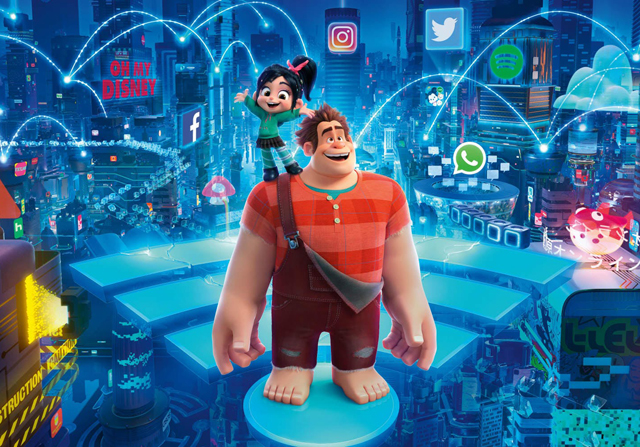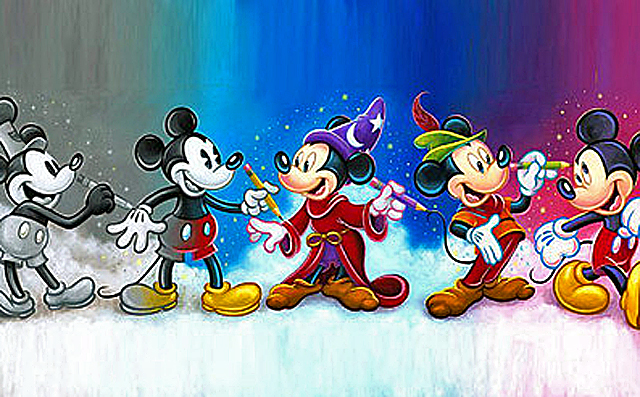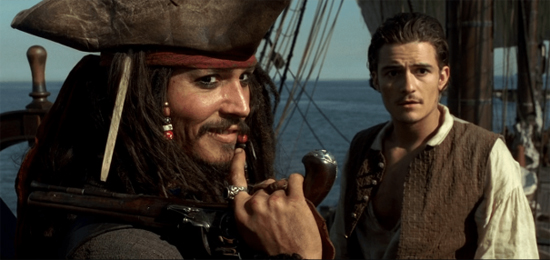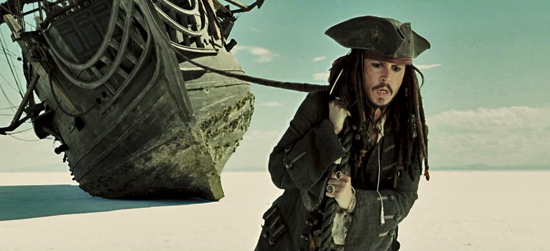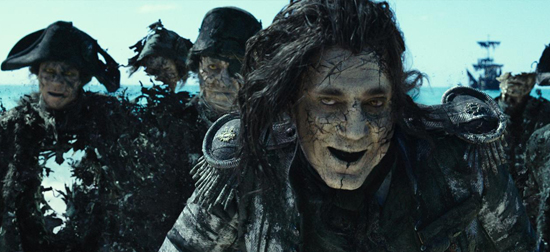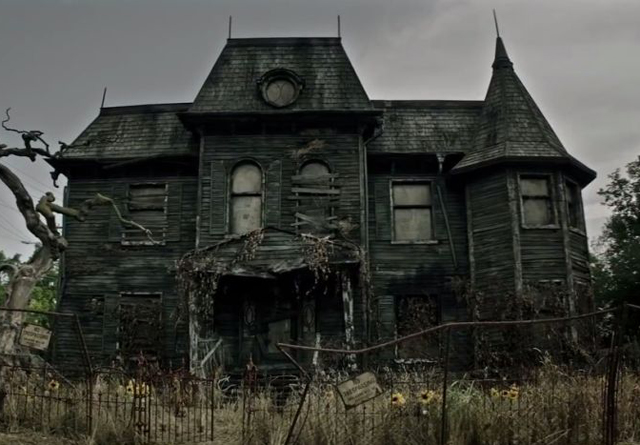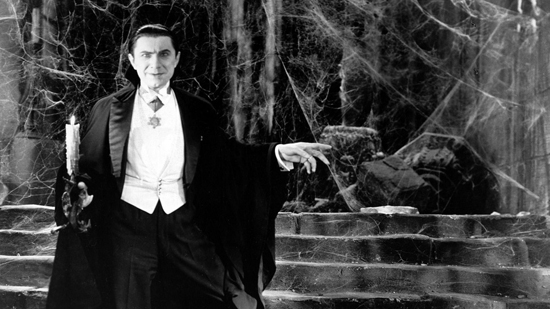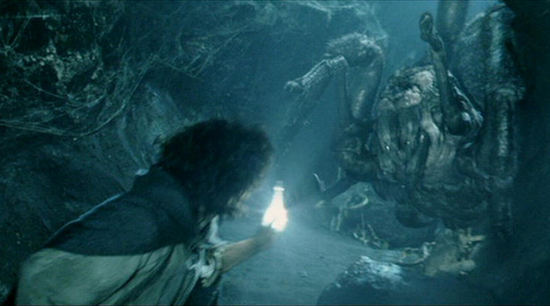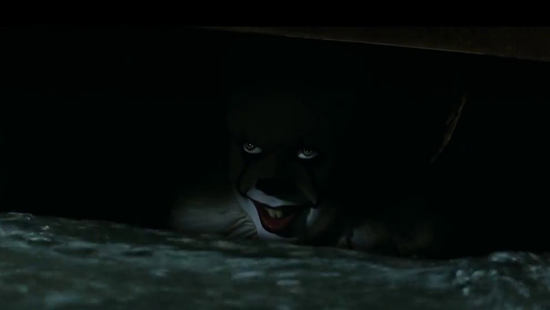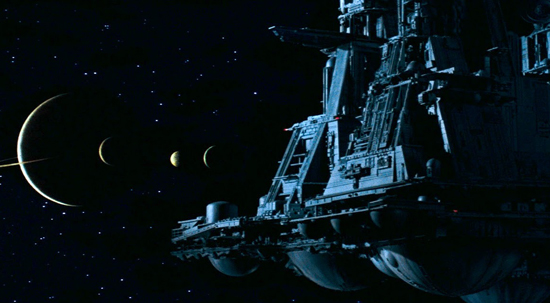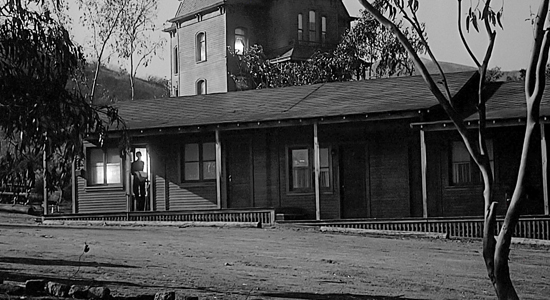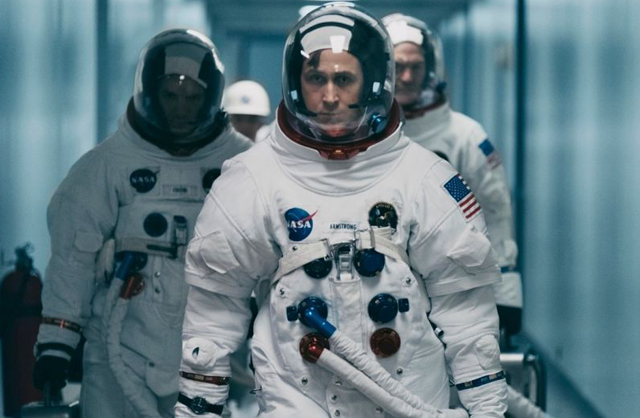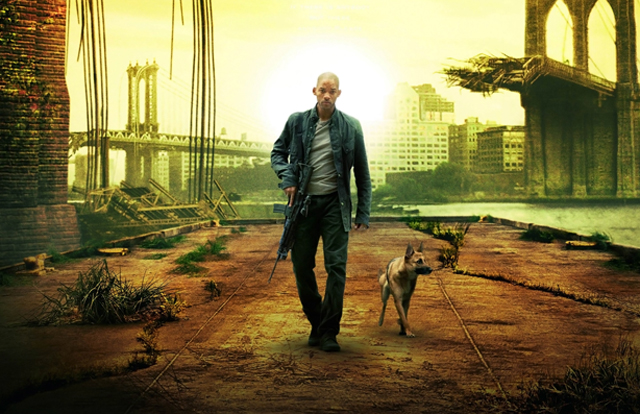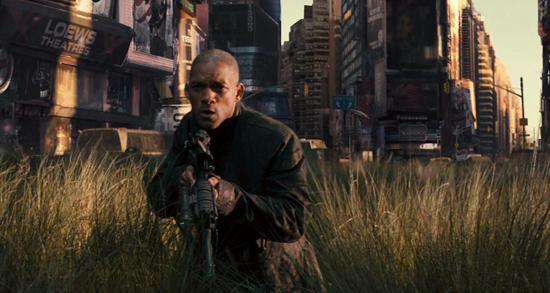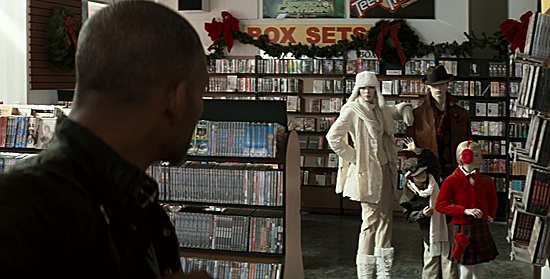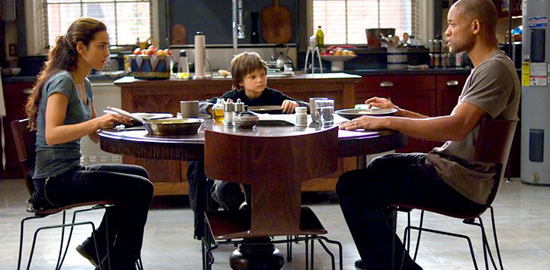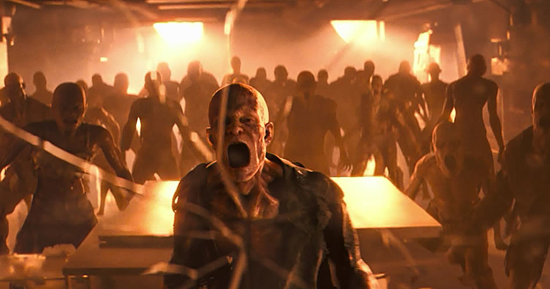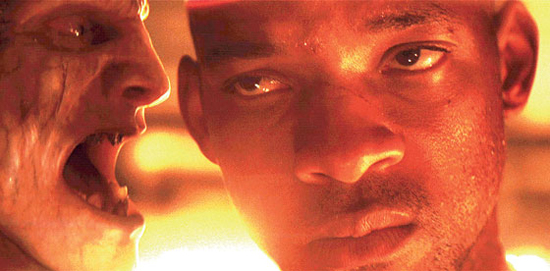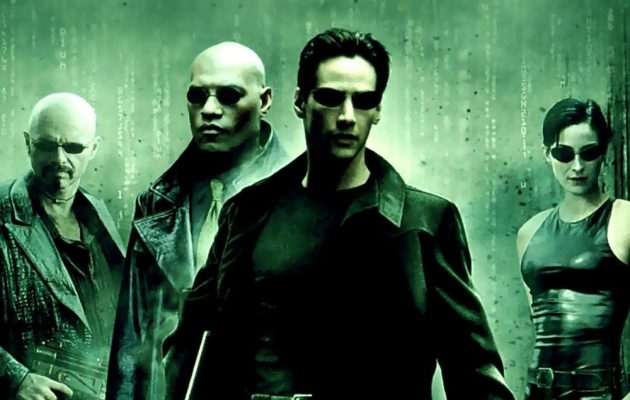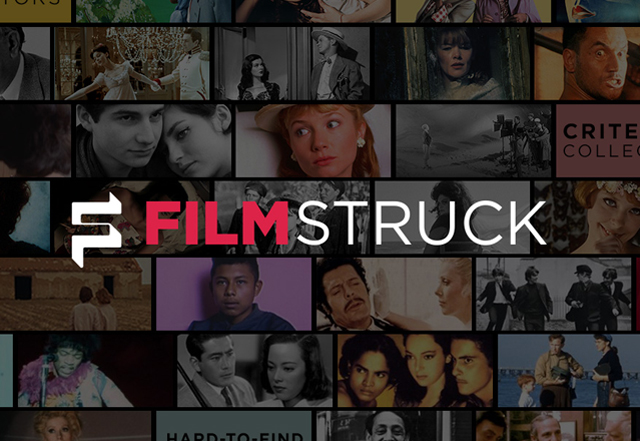
It was a fleeting life, lasting all but 2 years, but the streaming channel known as FilmStruck still left an impact on film fans across the world. For those of you who were unfamiliar with the FilmStruck channel, it was a Netflix style streaming service that catered to the art house and classic movie crowd. Created in early 2016 as a joint venture between the Turner Classic Movies cable channel and The Criterion Collection home video label, it was intended to give fans of both of these beloved distributors a chance to have on demand content available on a sleek and easy to navigate platform much like the other big dogs of streaming. In addition to housing the vast libraries of Criterion and WarnerMedia, FilmStruck also provided exposure for hard to find and obscure films, like documentaries that have been little seen outside of your local library collection, exploitation pictures that have been long archived in mostly defunct theater shelves, and some movies so weird that they can only be discovered by those who just stumble across them on a whim. The FilmStruck channel also provided original content like profiles on filmmakers and special behind the scenes looks at some of the most prestigious movies available to view. It was a favorite service for many a film fan, but sadly, it was short-lived. Like most other subscription based services, FilmStruck’s existence was reliant on seeing the membership base grow over time, and when it was not expanding as quickly as was hoped, parent company WarnerMedia no longer saw any justification for continuing the service any longer as part of their future plans for content streaming. And just this week, millions of subscribers had to sadly watch as FilmStruck went offline, effectively ending it’s short life and closing access to a library of some of the greatest works of cinematic art in world history.
Now FilmStruck is not the first failed attempt to break into the booming industry of content streaming. It seems like everybody in the media industry wants to have the next Netflix or the next YouTube, and we are starting to see from the failures of channels like FilmStruck is that it’s easier said than done. That’s not going to stop the upcoming Disney+ or the Apple Channel from opening in a big way in the next year. But what makes FilmStruck’s demise stand out is the outcry that followed it’s announced closure. The subscriber base was very vocal about their outrage over the end of the service, and perhaps more than any other failed channel, the outrage had a very public face. Many high profile fans of the service, including filmmakers like Guillermo Del Toro, Christopher Nolan, Rian Johnson, Alfonso Cuaron, and Paul Thomas Anderson as well as actors like Leonardo DiCaprio and Barbara Streisand, all voiced their outrage over the channel’s end, and co-signed a letter directly addressed to Warner Brothers’ Chairman Toby Emmerich to convince him towards saving the service. But it was to no avail. FilmStruck went silent on schedule this last Friday, and all the movies available on the channel have now quietly been shelved back into their selective libraries. Of course, it doesn’t mean that all these movies are forever unavailable, since most can still be found on home video in a variety of places, but the convenience of having the library available on demand is gone, and the exclusive content especially lost for good. The demise of FilmStruck also stands as a valuable reminder about the growing risk of relying too heavily on digital content. At this moment, we the consumer have little say in what happens to all the media that is made available to watch on most streaming services. What is available right now may not be available later, and how much of a loss to our culture may we find when a whole chunk of our cinematic output is lost due to a server shutdown, with no backup available. That is the danger of relying too heavily on a digital only output for our content, and we are learning more and more about the value of physical media.
One of the most important things that the film industry has had to deal with over the years is preservation. I’ve talked about it before in my article here, but it’s important to stress once again that throughout the years, we have lost many important films to the ravages of time. The downside to physical media is surely the fact that over time things do decay and rot. This was certainly the case with most of early cinema, which filmed most early movies on volatile nitrate film stock. Many films have been lost either through fire, decay, or have just been thrown away due to years of not recognizing the value of preservation. Hollywood has made a valiant attempt over the years to restore as much as they can of the films of the past, and while many have been saved, a few sadly ended up beyond repair. Still, even after nearly a century of film-making, a few relics do remain and it gives us an ever crucial window into our past. With today’s technology, we are able to restore films back to their original glory better than ever before, but it can only be made possible if the original elements are still in the best condition. Many restoration experts will tell you that the best possible source for their efforts are the original camera negatives, which gives them the closest to the purest image possible. From there, they are able to strike new prints with the highest image fidelity and have a source that will ensure the film’s survival for years to come. Nowadays, we archive the source in a digital file as a quick reference for future distribution, but it’s equally important that those original negatives be archived alongside it. If one is lost or damaged, we can rely on the other to create a backup. Forgetting to do so may lead to a catastrophic loss that may leave a valuable work of art forgotten to time.
Thankfully, most archivists do just that, ensuring that treasures of the past are well cared for and made available for future generations. But it’s the content that is produced today that gives cause for worry. More often today, people are filming on digital camera and presenting their content on digital platforms. It’s all convenient to use and a valuable tool for those who don’t have the luxury of being able to afford film stock. But, when using digital content, one runs the risk of losing their material more quickly and not being able to get it back ever again. You know how frustrated you can be when you’ve been working on a project for hours, like a blog post, a video game, or a film edit and then suddenly the power goes out and you suddenly realize you forgot to save your progress? Well, relying far too heavily on digital content has the same risks when not properly backed up with either digital or physical copies. Remember, digital content is encoded in zeroes and ones, and those can be corrupted very easily over time. Also, with changing technology, we also run the risk of having our only backups becoming unusable on newer platforms. Imagine an alien race searching our planet long after we are gone and trying to learn about our culture through the content that we created. If our material was only available to view in a technology that is long gone extinct or has no power source available to make the viewer playable, then that cultural artifact is lost to history and those aliens will have a missing piece to their archaeological reconstruction of our cultural history. It seems like an extreme example, but it’s happened throughout our history before. Historians say that we lost a great deal of our understanding of ancient Egyptian history because of burning of the Library in Alexandria during the Roman Empire. Had that not happened, we may have had more knowledge about the people who built the ancient pyramids and the mysteries they left behind. Our knowledge of our own history is based on the things that are left behind, and when a whole chunk of our history is lost in a single catastrophe, it leaves a major hole in our understanding of the world, and that hole can easily be filled by speculation, tall tales, and falsehoods.
As of right now, we do have the benefit of two viable options for watching our content. DVD and Blu-rays present a digitally sourced presentation through a disc based format, and it’s been available for the last 20 years and has been extremely successful as a form of providing home entertainment. It has, however, been challenged in the last decade by the emergence of streaming content, which allows the consumer to watch movies or television through an online connection without a physical media interface. Streaming has quickly emerged as a major alternative to distribution, and more and more companies are jumping aboard, making exclusive content only available to stream. This has become a preferable source for many people, who simply just want to be able to watch something without leaving the comforts of home. On demand content has already affect many businesses that were reliant on providing supplies of physical media before, such as Blockbuster Video, which dominated the video rental market for decades. Right now, retail is feeling the pinch of online servicing taking much of their business away, and I have already observed a significant downsizing of the home video sections at stores like Best Buy, Costco, and Target, which used to have large sections devoted just to home video. The fact that these retailers are rolling back the availability of purchasing physical media is troubling, because it makes us as a culture more reliant on services that are more at risk of disappearing once their value is deemed insufficient to the profitability for their parent companies. And with that, we may be in for another period of a whole chunk of our film history lost because it was never backed up with something physical.
It also makes it a problem for those of us who enjoy the collecting aspect of physical media. Some of us out there just like having a shelf full of movies, and in many cases, it’s the attractiveness of the package that makes us take interest in a movie that we’ve never seen before. This is one thing that I especially like about the Criterion Collection label, because they not only curate this incredible library of movies, but they also take special care to make their packaging look visually pleasing as well; knowing full well that their target consumer takes pride in displaying their Collection as a centerpiece of their own home collection. That’s certainly the case in my own movie collection, which Criterion now makes up an entire shelf of. In many ways, there will always be a market for physical media, and there are hopeful signs that some formats that go out of style may have a way to return. Take for instance the return of vinyl records to prominence in the music industry. As more and more people chose to adopt mp3 audio as a preferred music listening source, it caused a downturn in the production of the dominant physical media at the time; the CD disc. But, overtime, collectors began to seek out a physical format that could allow them to still play their music if something happened to their online libraries or their mp3 files becoming corrupted. But, surprisingly, instead of returning to the CD’s of the past generation, the demand instead started to arise for an even older format; the nearly century old vinyl record. One of the reasons why vinyls and not CD’s made a return is because they sound better, because of the uncompressed audio playback. It makes me hopeful that not only will physical media continue to remain a viable source for movies and television, but that even long time traditional formats like 70mm could even come back in a big way.
But, that’s only contingent on what value the industry sees in making those formats available in the future. The music industry saw the demand for a return to vinyl records, so they catered to it. For movie and television, the growing trend is still heavily favoring the digital world. There are sticklers out there like Christopher Nolan and Quentin Tarantino who not only film on physical stock, but also demand that their movies be screened through traditional projection as well, wherever they able to. But, when you have streaming giants out there like Netflix who are challenging the industry itself to follow their model, the risk of loosing the necessity of a physical format for presenting film to an audience becomes far more likely. This year especially, Netflix is pushing heavily for a Best Picture Academy Award recognition with their critically acclaimed film Roma, from director Alfonso Cuaron. Roma already faced resistence from the Cannes Film Festival earlier this year, as the prestigeous fest refused to screen the film due to Netflix’s refusal to release the film in theaters and instead premiere it right on their channel. There are several within the Academy who also share the same defiant attitude to Netflix’s model, and Netflix has begrudgingly rolled the film into select theaters in order to meet the Academy’s guidelines. I thankfully live near one of those theaters and gladly paid money to watch Roma on the big screen (perk of living in LA), and honestly I see the point of it. Roma is a movie that demands a theatrical presentation, and I feel that Netflix is defeating it’s own goals by not showing the movie the way that it’s supposed to be seen. At the moment, Netflix is in no danger of loosing money nor influence, but to push the industry so heavily towards embracing digital only content is endangering our chances of having movies that stand the test of time. Netflix may disappear suddenly in the years ahead, and take the only source of movies like Roma with it. It’s unthinkable now, but not impossible.
That’s why the end of FilmStruck is a wake-up call not just for people in the industry, but for film lovers everywhere. All the movies we love and cherish could suddenly go away if we are not careful to preserve the treasures of the past and to have a reliable backup for every produced media that we create. I for one have an extensive digital movie library through all the codes I have redeemed from the digital copies that come with the Blu-rays that I buy. Because of that, I have the ability to watch all my favorite movies on the go, as well as the ability to pop a movie into my player whenever I have a disruption in my online connection. The two should exist together just like that, but not exclusive from one another. The danger of moving too heavily towards online only content is that we are increasingly reliant on seeing these service providers dictating more and more what they choose to make available for viewing. Clashes between companies like Disney and Netflix has already led to the premature cancellations of beloved shows and a loss of a platform for some movies to be available to the consumer. And as the number of streaming services grows, the cost of finding the content you want also rises, as you now are forced to subscribe to multiple channels just to be able to see their exclusive content. Because FilmStruck’s content was so specifically geared towards a certain audience, WarnerMedia no longer saw the value in it, because it didn’t have broad audience appeal. Thankfully, in the restructuring that has gone on, Criterion has stepped up and picked up the pieces, announcing that they would be launching their own streaming channel in the next year, with lesser but still very valuable support from their Turner Classic Movie partners. It may not be as extensive a platform that FilmStruck was at it’s height, but Criterion can still provide a service that allows viewers to see those obscure and overlooked movies that they otherwise wouldn’t be able to find elsewhere. It also gives them a valuable platform to tout their library of movies available to purchase on Blu-ray as well, helping to reinforce the importance of physical media in the broader market. For us to leave behind a cultural legacy with the movies that we create, we need to have real, tangible records of those creations and that’s why it’s important to support physical media now more than ever in this increasingly digital world. Treasures, like those forgotten films rediscovered through FilmStruck, are meant to be found, but it only is possible when there is an actual treasure buried and not just numbers on a server that can easily be erased on purpose or accidentally.
